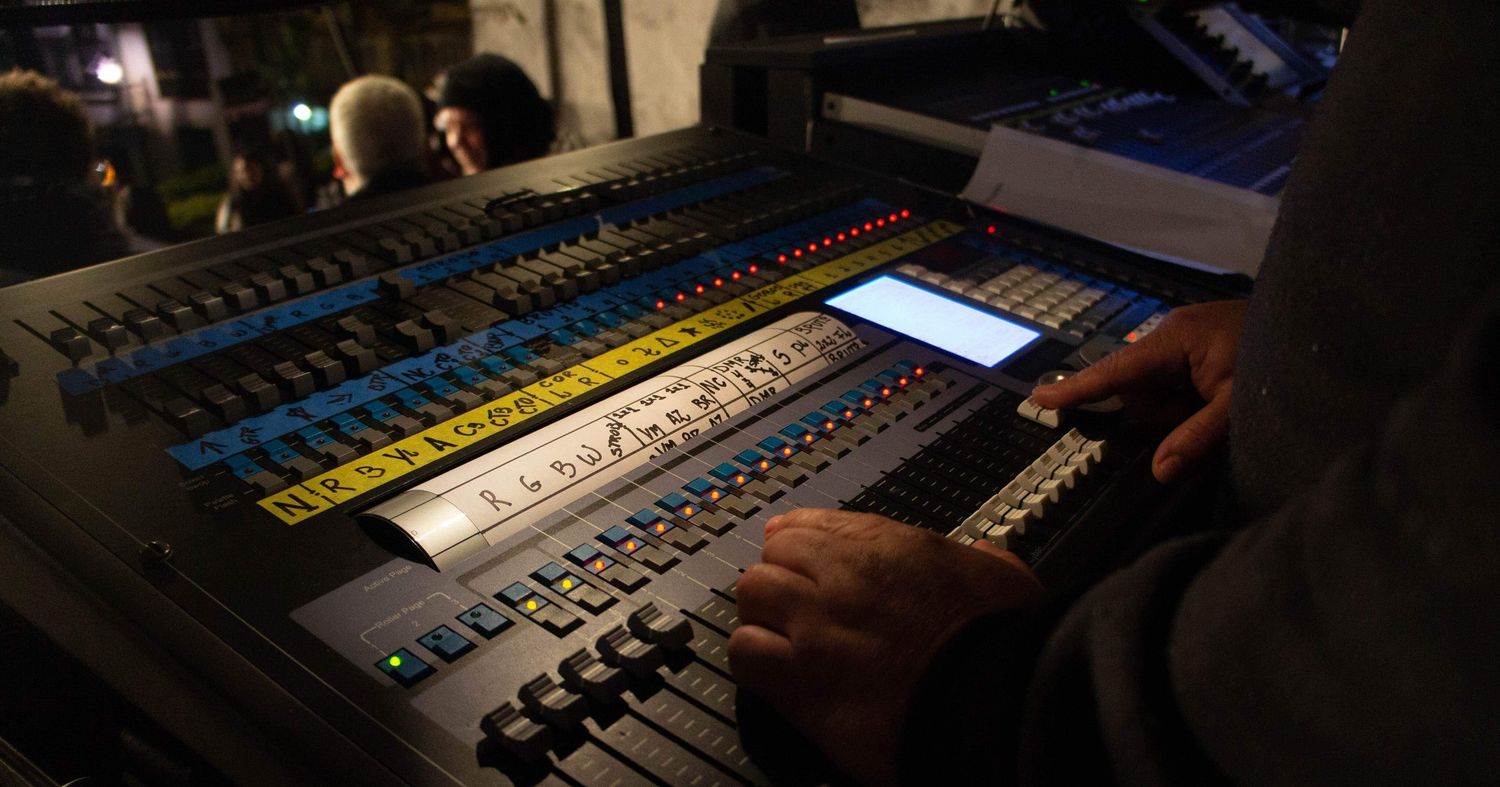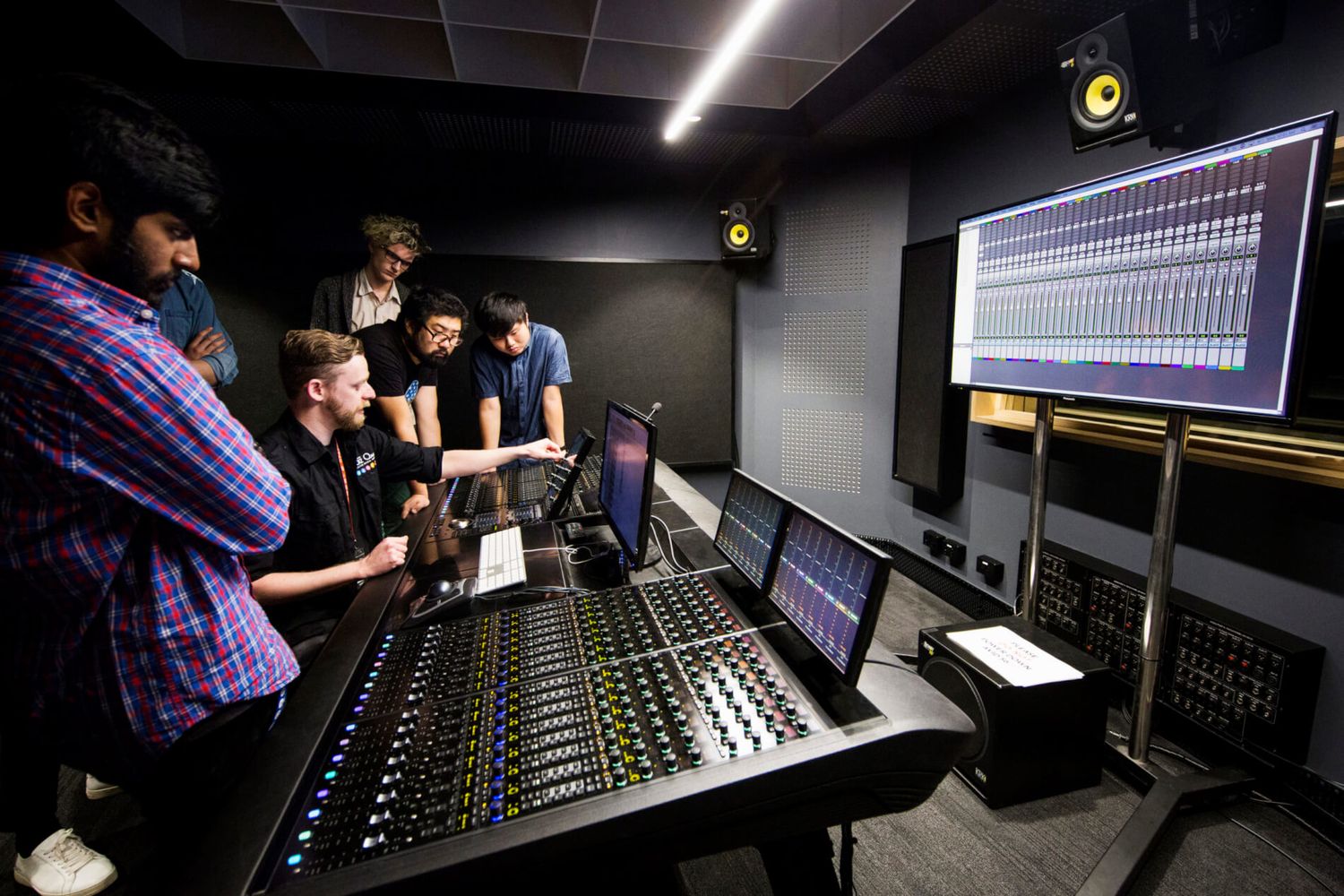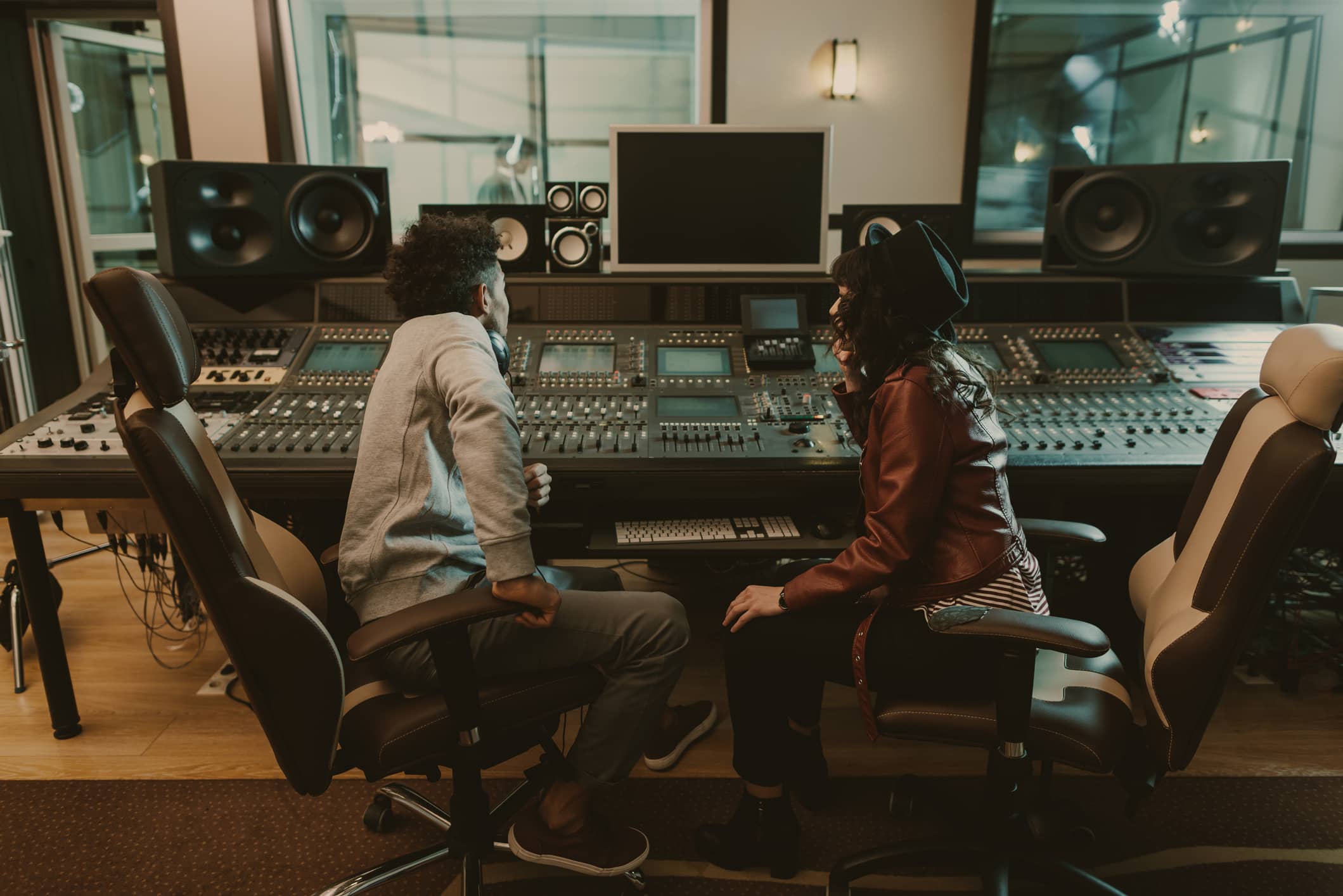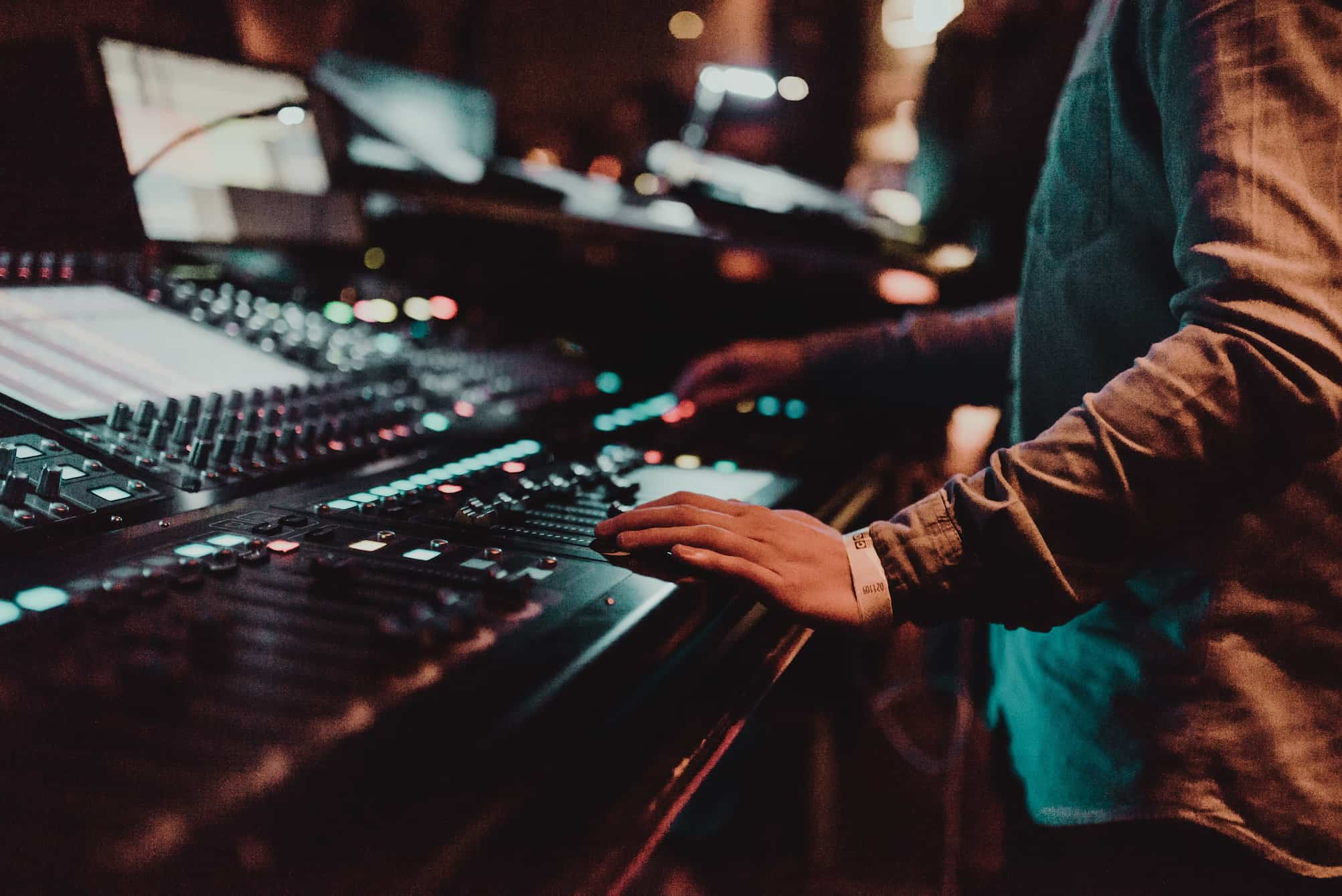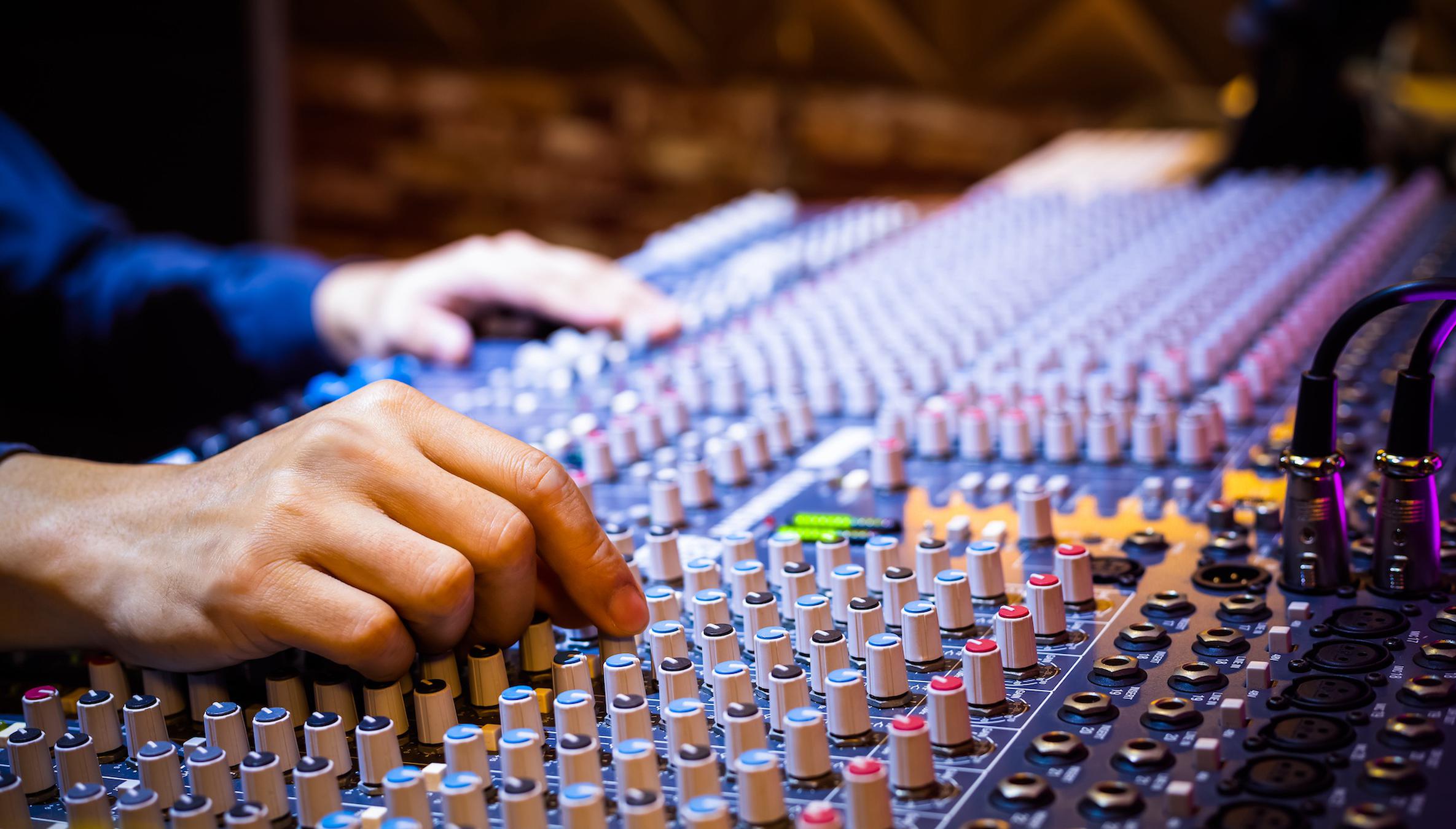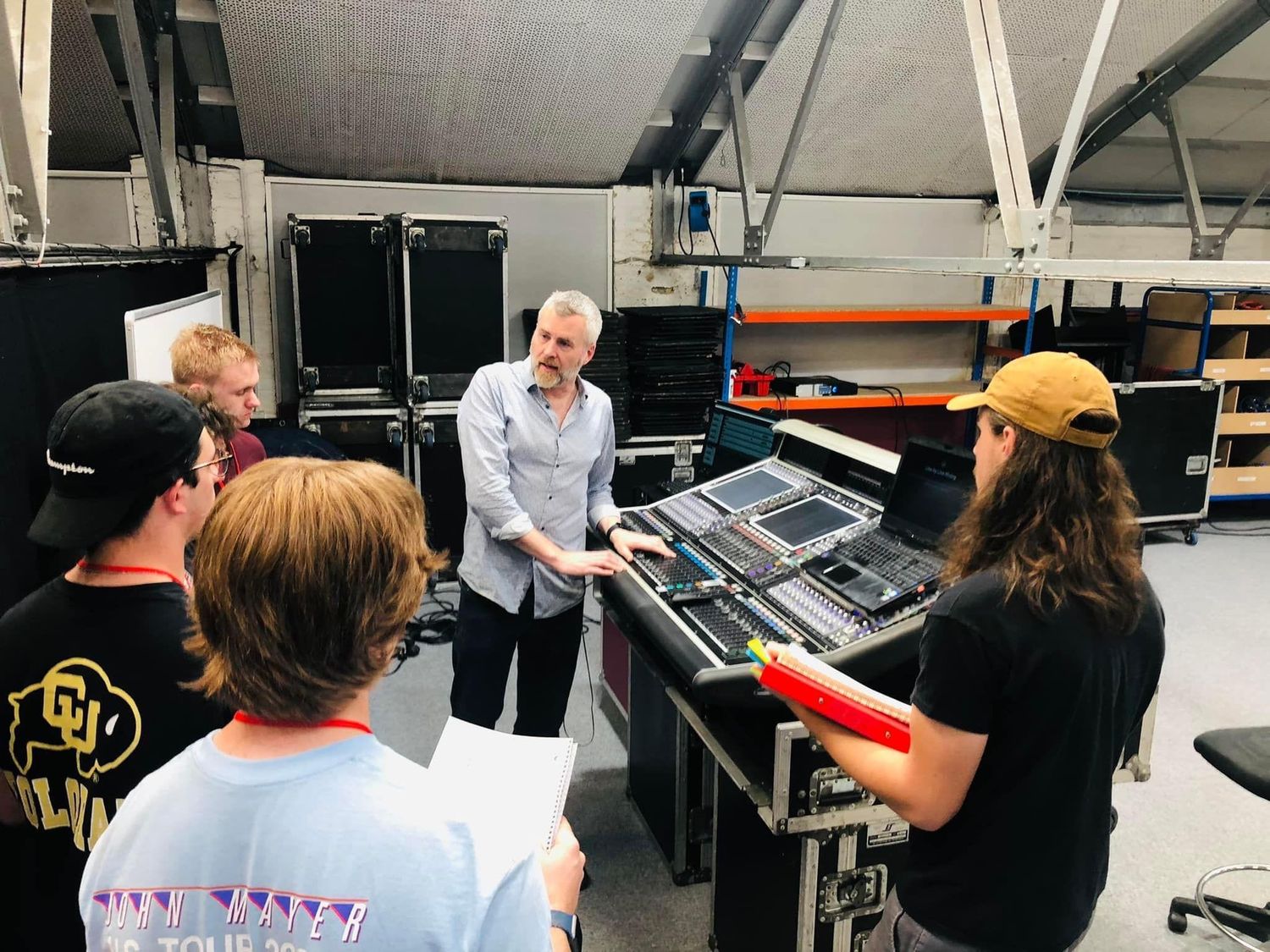Home>Production & Technology>Sound Engineer>When You Register A Copyright, Is A Sound Engineer An Author
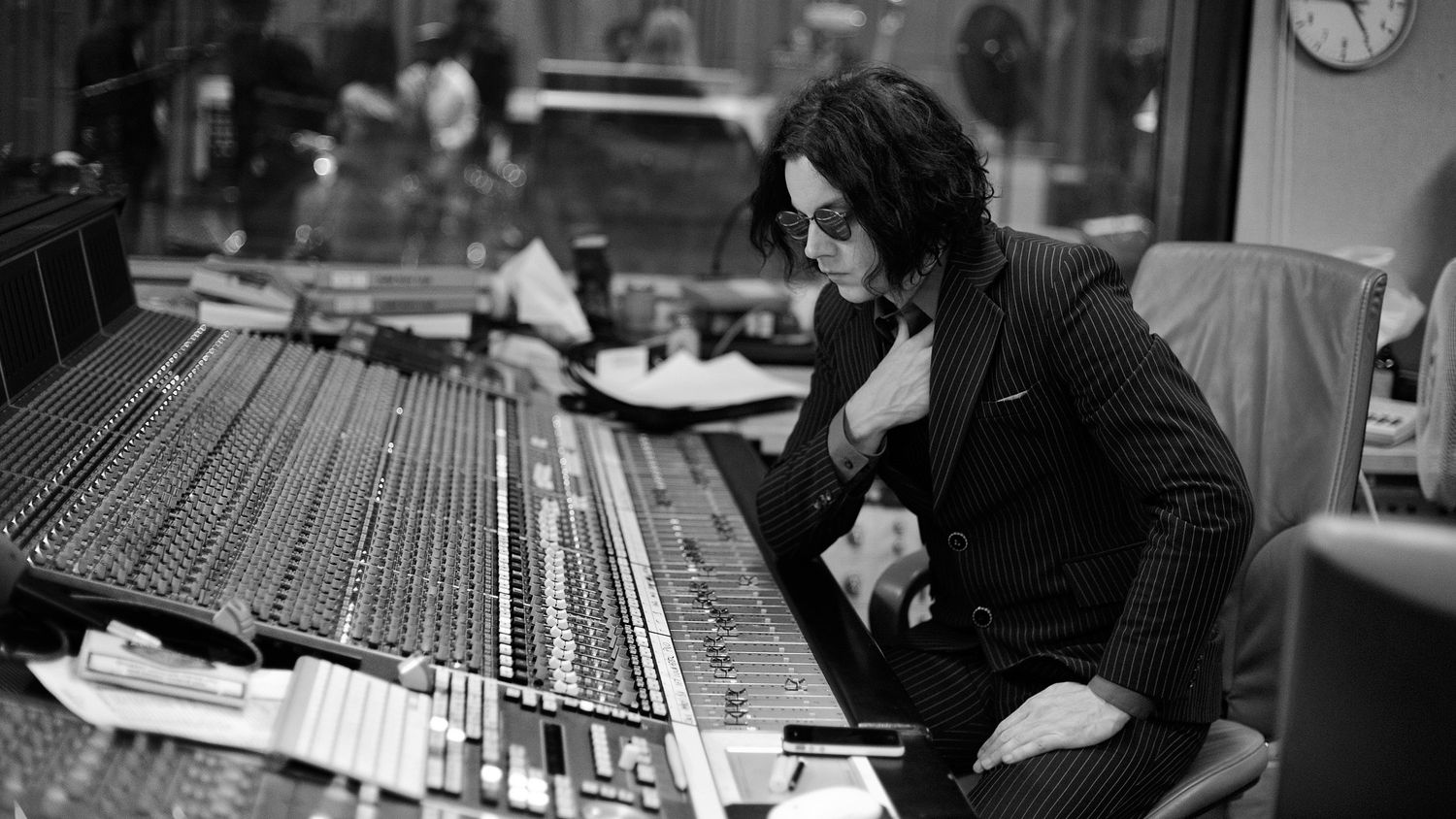

Sound Engineer
When You Register A Copyright, Is A Sound Engineer An Author
Published: March 7, 2024
Learn about the role of a sound engineer as an author when registering a copyright. Understand the legal implications and requirements for sound engineers.
(Many of the links in this article redirect to a specific reviewed product. Your purchase of these products through affiliate links helps to generate commission for AudioLover.com, at no extra cost. Learn more)
Table of Contents
Introduction
When it comes to the intricate world of copyright law, the question of authorship often sparks intriguing debates, especially in creative fields such as music production. In the realm of sound engineering, where technical prowess meets artistic expression, the role of a sound engineer in the creative process raises a thought-provoking query: When you register a copyright, is a sound engineer considered an author?
This question delves into the heart of copyright law, where the delineation of authorship holds significant weight in determining the rights, recognition, and rewards associated with creative works. As we embark on this exploration, we will unravel the complexities of copyright law, examine the pivotal role of sound engineers in the creative process, and delve into the nuances of determining authorship in copyright registration. Through insightful case studies and precedents, we will shed light on the multifaceted nature of authorship in the context of sound engineering, ultimately illuminating the intricate interplay between technical expertise and creative contribution in the realm of copyright registration.
Understanding Copyright Law
Copyright law serves as the cornerstone of intellectual property protection, safeguarding the rights of creators and fostering a conducive environment for artistic innovation. At its core, copyright law grants creators the exclusive rights to their original works, enabling them to control the reproduction, distribution, and public performance of their creations. This legal framework not only incentivizes creative endeavors but also ensures that creators are duly recognized and rewarded for their contributions.
In the context of sound engineering, copyright law extends its protective mantle to a diverse array of audio works, including music recordings, sound effects, and audio mixes. These sonic creations, meticulously crafted by sound engineers, embody a fusion of technical expertise and artistic ingenuity, thereby warranting comprehensive copyright protection.
Furthermore, copyright law encompasses the concept of "authorship," which forms the bedrock of creative ownership. Traditionally, the term "author" has been synonymous with the individual or group responsible for the creative genesis of a work. However, in the realm of sound engineering, the notion of authorship assumes a nuanced dimension, as the collaborative nature of music production often blurs the lines of creative attribution.
As such, understanding copyright law entails grappling with the intricate interplay between technical contributions and creative input. While the law unequivocally recognizes the rights of composers, lyricists, and performers, it also acknowledges the indispensable role of sound engineers in shaping the sonic tapestry of a musical composition. This acknowledgment underscores the dynamic nature of authorship within the realm of sound engineering, where the fusion of technical prowess and artistic vision converges to breathe life into captivating auditory experiences.
In essence, comprehending copyright law necessitates a holistic appreciation of the multifaceted nature of creative collaboration, wherein sound engineers emerge as pivotal contributors to the sonic landscape. By navigating the legal intricacies of copyright law, creators and sound engineers alike can harness its protective provisions to safeguard their artistic endeavors and uphold the integrity of their audio works.
The Role of a Sound Engineer in the Creative Process
The role of a sound engineer in the creative process transcends the realm of technical proficiency, encompassing a multifaceted fusion of artistic sensibilities and sonic innovation. At the heart of music production, sound engineers serve as the architects of auditory landscapes, wielding their technical prowess to sculpt and refine the sonic elements that underpin musical compositions. Through their adept manipulation of sound waves, acoustics, and recording techniques, sound engineers breathe life into raw musical recordings, infusing them with depth, clarity, and emotive resonance.
In the creative crucible of a recording studio, sound engineers assume a pivotal role in translating the artistic vision of musicians and producers into tangible sonic expressions. Their keen understanding of audio dynamics, signal processing, and spatial acoustics empowers them to orchestrate a symphony of sounds, seamlessly blending instruments, vocals, and ambient textures to craft a cohesive auditory tapestry. Moreover, sound engineers play a crucial role in capturing the raw essence of musical performances, harnessing their technical acumen to preserve the nuances and emotive nuances that imbue a recording with authenticity and vitality.
Beyond the confines of the recording studio, sound engineers wield their expertise to shape the sonic identity of a musical composition, infusing it with sonic nuances and sonic textures that elevate the listening experience. Whether through the deft application of audio effects, the meticulous balancing of sound levels, or the seamless integration of diverse sonic elements, sound engineers imbue musical creations with a sonic depth and richness that captivate audiences and evoke emotional resonance.
Furthermore, the collaborative nature of music production underscores the indispensable role of sound engineers as creative collaborators, working in tandem with musicians, producers, and mixers to actualize a collective artistic vision. Their ability to seamlessly integrate technical precision with artistic intuition enables sound engineers to navigate the intricate terrain of creative collaboration, contributing their expertise to enhance the sonic fidelity and emotive impact of musical compositions.
In essence, the role of a sound engineer in the creative process transcends the confines of technical proficiency, encompassing a harmonious fusion of technical acumen and artistic ingenuity. Through their adept manipulation of sound waves and sonic textures, sound engineers breathe life into musical compositions, infusing them with depth, clarity, and emotive resonance. As such, sound engineers emerge as indispensable architects of auditory experiences, shaping the sonic landscapes that underpin musical creations and enriching the artistic tapestry of the music industry.
Determining Authorship in Copyright Registration
In the realm of copyright registration, the determination of authorship holds profound significance, serving as a linchpin in delineating the rights and entitlements associated with creative works. When it comes to sound engineering, the question of authorship assumes a nuanced dimension, reflecting the intricate interplay between technical contributions and creative input. As such, navigating the terrain of authorship in copyright registration necessitates a comprehensive understanding of the multifaceted nature of creative collaboration within the realm of sound engineering.
Authorship in copyright registration hinges on the delineation of creative contributions that embody originality and intellectual endeavor. Traditionally, the term "author" has been synonymous with the individual or group responsible for the creative genesis of a work. In the context of sound engineering, the determination of authorship extends beyond the conventional confines of musical composition, encompassing the technical and artistic contributions that converge to shape the sonic identity of a musical recording.
Sound engineers, with their adept manipulation of sound waves, acoustics, and recording techniques, infuse musical recordings with depth, clarity, and emotive resonance, thereby warranting recognition for their creative and technical input. Their role as architects of auditory landscapes, orchestrating a symphony of sounds and seamlessly blending diverse sonic elements, underscores their pivotal contribution to the creative process. Moreover, sound engineers' ability to capture the raw essence of musical performances and infuse recordings with sonic richness and authenticity further solidifies their role as indispensable contributors to the creative tapestry of music production.
In the context of copyright registration, the determination of authorship necessitates a holistic appraisal of the collaborative dynamics inherent in music production. It entails recognizing the symbiotic relationship between technical expertise and artistic vision, wherein sound engineers emerge as integral collaborators in shaping the sonic narrative of musical compositions. By acknowledging the multifaceted nature of authorship in the realm of sound engineering, copyright registration can aptly reflect the diverse contributions that converge to breathe life into musical recordings.
Ultimately, the determination of authorship in copyright registration underscores the dynamic interplay between technical proficiency and creative input, illuminating the indispensable role of sound engineers as authors within the sonic landscape of music production. As such, navigating the complexities of authorship in copyright registration entails embracing a comprehensive perspective that honors the collaborative synergy and creative ingenuity inherent in the realm of sound engineering.
Case Studies and Precedents
In the realm of copyright law, case studies and legal precedents offer invaluable insights into the nuanced interplay between authorship and creative collaboration, particularly within the domain of sound engineering. One notable case that exemplifies the complex dynamics of authorship in music production is the landmark legal dispute involving the renowned sound engineer, Tom Soundson, and the acclaimed music producer, Harmony Melody.
In this seminal case, Tom Soundson, celebrated for his technical prowess and sonic innovation, collaborated closely with Harmony Melody in the production of a chart-topping album. As the creative process unfolded, Soundson's adept manipulation of sound waves and meticulous refinement of sonic textures played a pivotal role in shaping the album's sonic identity. His technical contributions, ranging from audio mixing to spatial acoustics, imbued the album with a distinctive sonic richness that resonated with audiences worldwide.
However, when it came to copyright registration, the question of authorship emerged as a point of contention. While Harmony Melody, as the music producer, had traditionally been recognized as the primary author of the album, Soundson's substantial creative and technical input prompted a reevaluation of authorship within the context of sound engineering. The legal proceedings delved into the collaborative dynamics between Melody and Soundson, shedding light on the intricate fusion of technical expertise and artistic vision that underpinned the album's sonic landscape.
The court's deliberation underscored the multifaceted nature of authorship in music production, acknowledging Soundson's instrumental role in shaping the album's auditory tapestry. The legal precedent established in this case resonated across the music industry, signaling a paradigm shift in the recognition of sound engineers as authors within the realm of copyright law. This landmark ruling not only affirmed the creative contributions of sound engineers but also set a precedent for equitable recognition of technical and artistic input in the realm of music production.
Furthermore, this case served as a catalyst for heightened awareness and appreciation of the collaborative synergy between music producers and sound engineers, fostering a more inclusive and nuanced approach to authorship within the realm of sound engineering. As a result, sound engineers have increasingly garnered recognition for their indispensable role in shaping the sonic narratives of musical compositions, thereby enriching the fabric of copyright law with a more comprehensive and equitable understanding of authorship.
In essence, the legal precedents and case studies within the realm of sound engineering illuminate the evolving landscape of authorship within copyright law, underscoring the pivotal role of sound engineers as authors and collaborators in the creative tapestry of music production. These precedents not only validate the creative and technical contributions of sound engineers but also pave the way for a more inclusive and equitable framework that honors the collaborative dynamics inherent in the realm of sound engineering.
Conclusion
In the intricate realm of copyright law, the question of authorship and the role of sound engineers in the creative process converge to illuminate the dynamic interplay between technical expertise and artistic vision. As we navigate the complexities of copyright registration, it becomes evident that sound engineers, with their adept manipulation of sound waves and sonic textures, emerge as indispensable authors within the sonic landscape of music production.
The multifaceted nature of authorship within the realm of sound engineering transcends traditional paradigms, underscoring the collaborative synergy between technical proficiency and creative input. Sound engineers, as architects of auditory landscapes, infuse musical recordings with depth, clarity, and emotive resonance, thereby warranting recognition for their pivotal contributions to the creative process. Their ability to seamlessly integrate technical precision with artistic intuition enriches the sonic narratives of musical compositions, elevating the listening experience and evoking profound emotional resonance.
Moreover, legal precedents and case studies within the realm of sound engineering have catalyzed a paradigm shift in the recognition of sound engineers as authors and collaborators. Landmark rulings have underscored the substantial creative and technical input of sound engineers, fostering a more inclusive and equitable framework that honors the collaborative dynamics inherent in music production. This evolution in the understanding of authorship within copyright law not only validates the indispensable role of sound engineers but also enriches the fabric of creative ownership with a more comprehensive and nuanced perspective.
As we reflect on the intricate interplay between technical prowess and artistic ingenuity, it becomes evident that sound engineers occupy a pivotal role in shaping the sonic identity of musical compositions. Their adept manipulation of sound waves, acoustics, and recording techniques breathes life into raw musical recordings, infusing them with sonic richness and authenticity. By embracing a holistic perspective that honors the collaborative synergy and creative ingenuity inherent in the realm of sound engineering, copyright law can aptly reflect the diverse contributions that converge to breathe life into musical recordings.
In essence, the recognition of sound engineers as authors within the realm of copyright law not only upholds the integrity of creative ownership but also celebrates the harmonious fusion of technical acumen and artistic ingenuity. As the legal landscape continues to evolve, the equitable recognition of sound engineers as authors and collaborators serves as a testament to the transformative impact of their creative and technical contributions, enriching the sonic tapestry of music production and fostering a more inclusive and nuanced framework within the realm of copyright law.

